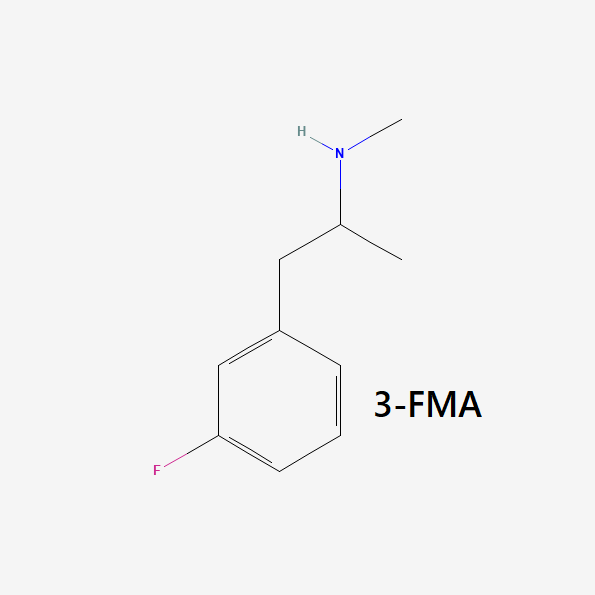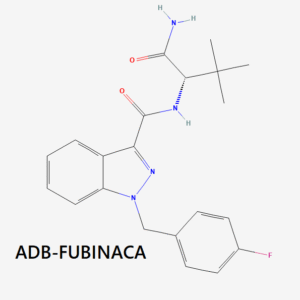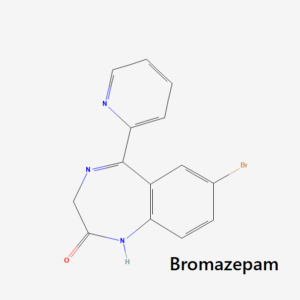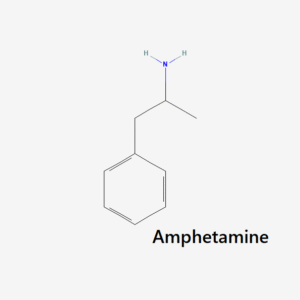What Are The Effects of 3-FMA?
Due to the lack of studies, the only available method to gauge the physical effects of 3-FMA is through the use of online forums where both recreational and relief-seeking users congregate to discuss the effects of a variety of designer drugs, euphemistically referred to as “research chemicals.”
This method is obviously lacking in scientific objectivity, but it has proven largely effective in laying out the broad differences between compounds as well as the general characteristics a user can expect when using a given amphetamine compound.
In the case of 3-FMA, online users have suggested this compound has a profile that lies somewhere between that of 4-FMA and 2-FMA, possessing both the functional, “study-drug” properties of 2-FMA and the euphoric properties of 4-FMA.
At lower doses, 3-FMA has been reported to lean towards functional and productive use, while as one increases the dose, the euphoria becomes more prevalent and distracting.
The following effects are associated with the use of 3-FMA:
Physical Effects
- Appetite suppression
- Dehydration
- Increased heart rate
- Increased perspiration
- Physical euphoria
- Stimulation
- Tactile enhancement
- Teeth grinding (less intense than MDMA or 2-FMA)
Cognitive Effects
- Analysis enhancement
- Anxiety suppression
- Compulsive redosing
- Cognitive euphoria
- Focus enhancement
- Increased music appreciation
- Motivation enhancement
- Thought acceleration
- Time distortion
- Wakefulness
After Effects
- Anxiety
- Cognitive fatigue
- Depression
- Irritability
- Motivation suppression
- Wakefulness
It’s important to understand that not every effect in the above list will necessarily materialize when using 3-FMA, nor will they occur predictably or reliably. The list is rather a spectrum of possible effects. The complete range — and that goes for adverse effects as well — only tends to appear when utilizing higher doses.
How Does 3-FMA Work?
Currently, there are no peer-review studies on the pharmacology of 3-FMA, which means we’re forced to make educated assumptions based on what we know about substituted amphetamines.
As an amphetamine, it is likely that 3-FMA acts as a releasing agent for dopamine and norepinephrine. And based on its subjective effects, which emphasize empathogenic properties quite strongly, we can also assume that 3-FMA also has an affinity for the serotonin receptor.
In fact, 3-FMA seems to be one of the more empathogenic compounds in the fluorinated amphetamine class, so we can likely assume that it’s a serotonin-dominant compound, meaning its affinity for serotonin is stronger than for dopamine and norepinephrine. If in-depth information were available, we could know the relative affinity levels for each neurotransmitter. This does not always translate as expected when it comes to the amphetamine’s actual effects, but it’s usually quite revealing.
The mechanism of action utilized by 3-FMA is likely reuptake inhibition, the most common pathway utilized by substituted amphetamines.
Reuptake inhibition works by effectively inhibiting the process by which neurotransmitters are cleared from the synaptic cleft, the space between neurons, and transported back into the presynaptic neuron, where they can no longer bind to receptors and exert their effects on the central nervous system.
By inhibiting this process, reuptake inhibitors lead to higher levels of active neurotransmitters in the brain, translating into more potent pharmacological action associated with said transmitters. It’s important to note that reuptake inhibition is usually accompanied by a secondary mechanism where amphetamines can stimulate neurotransmitters’ release from the presynaptic neuron and into the synaptic cleft.
Pharmacokinetics of 3-FMA
Pharmacokinetic (PK) data for 3-FMA is also sourced from user self-assessment reports. According to online users, 3-FMA takes 20 minutes to kick in, lasts for approximately four to eight hours, and has about one to possibly 12 hours of after-effects.
PK data on amphetamine compounds that have received more research attention suggests that amphetamine all have relatively rapid values (i.e., their effects go away quickly). This often leads to the utilization of multiple methods of administration (like snorting, bombing, and oral ingestion) in order to maximize both the short- and long-term effects of a drug.
Is 3-FMA Addictive?
Yes. The ability of amphetamine compounds to cause both physical and psychological dependence due to heavy use has been proven by both rat and human studies. However, it’s important to put these findings into context given the wide spectrum of pharmacological drugs that also have the potential for abuse.
Amphetamine dependence, for example, is not as capable of producing signs of intense physical dependence as depressant compounds like benzodiazepines or opiates. As such, withdrawal symptoms seem to be more associated with severe depression and relapses in psychiatric disorders. This doesn’t mean amphetamines can’t produce some measure of physical dependence, but in this regard, they aren’t as addictive as other, more popular drug types [1].
Amphetamine addiction is not entirely understood, but studies suggest that the mediation of dopamine and norepinephrine neurotransmitters and the subsequent impact on the brain’s reward circuitry play a large role. These findings, along with rat self-administration studies, suggest that addiction to amphetamines is largely a behavioral/psychological issue.




Reviews
There are no reviews yet.